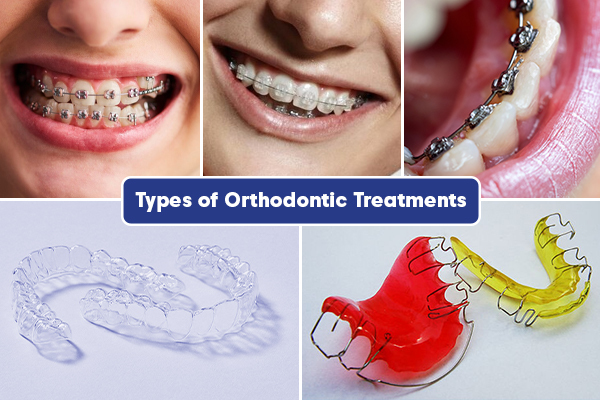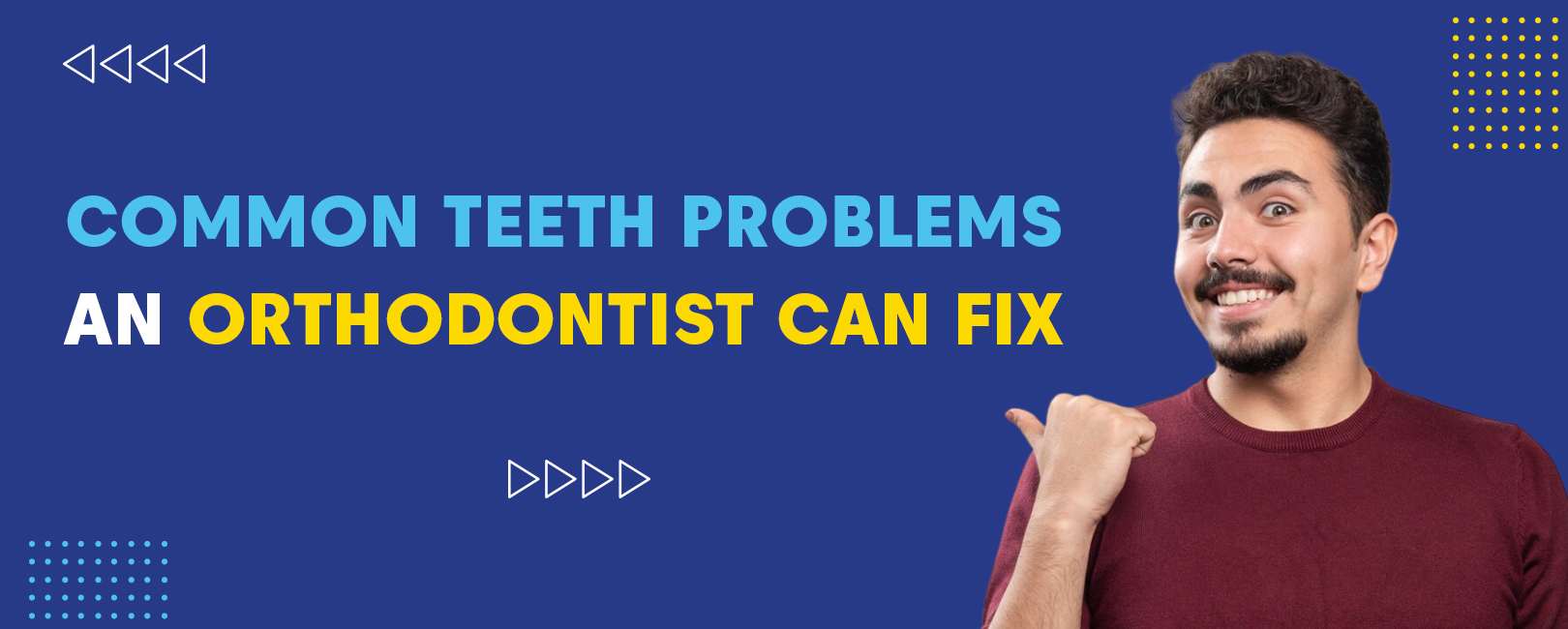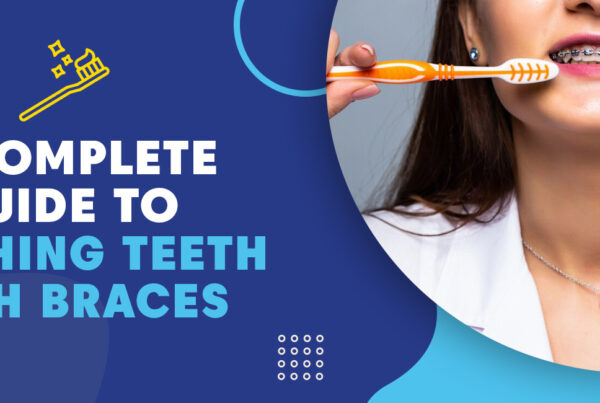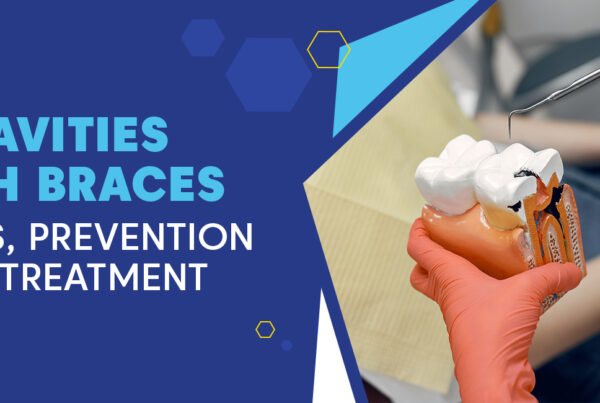We all dream of a dazzling smile, but gaps, crowding, or awkward bites can leave us feeling self-conscious and even impact our dental health. But don’t worry! Orthodontists can help us say goodbye to our dental woes. From crooked teeth to painful bites, they can treat everything to provide us with a healthy happy smile. Let’s learn in detail the common teeth problems an orthodontist can fix!
Common Dental Conditions Treated by Orthodontists
Orthodontists diagnose, prevent, and treat multiple irregularities in the teeth and jaw. Let’s discuss some of the most common dental conditions that orthodontists can treat:
1. Malocclusion
Malocclusion refers to misalignment or incorrect positioning of the teeth when the jaws are closed. It can cause bite problems, difficulty in chewing, speech issues, and even self-esteem problems.
2. Crowding
Crowding occurs when there isn’t sufficient space in the jaw for all the teeth to fit properly. This can make the teeth overlap or twist. This can be due to genetics or a lack of early intervention during childhood. Having crowded teeth can make it challenging to maintain good oral hygiene, increasing the risk of tooth decay and gum issues. It’s important to address crowded teeth to maintain a healthy smile.
3. Overbite
An overbite arises when the upper front teeth overlap significantly with the lower front teeth. This malocclusion can be a result of genetics, thumb-sucking, or abnormal jaw development. An untreated overbite can cause jaw pain, speech issues, and an increased chance of tooth decay.
4. Underbite
An underbite appears when the lower front teeth protrude beyond the upper front teeth. An underbite can cause problems with speech, chewing, and smile aesthetics if left untreated.
5. pen bite
Open bite refers to a condition where there is a gap between the upper and lower teeth when the mouth is closed. It can make it difficult to bite into food and pronounce certain sounds correctly.
6. Crossbite
Crossbite is a condition where the upper teeth fit inside the lower teeth. It can lead to problems with jaw growth and alignment if not addressed promptly. Crossbites may cause discomfort, difficulty in biting or chewing, and asymmetrical facial appearance.
7. Gaps Between Teeth
Gaps between teeth, also known as diastema, can occur due to multiple reasons, including genetics, missing teeth, or improper alignment of teeth. While some individuals may embrace their gaps as a unique feature, others might find it aesthetically displeasing.
Types of Orthodontic Treatments
Orthodontic treatments fix teeth and jaw problems. There are different types, like braces or clear aligners, to align teeth and create a healthy smile.

1. Traditional Metal Braces:
Traditional braces have metal brackets attached to the teeth, connected by wires and rubber bands. These braces work by applying gentle pressure, slowly moving and aligning the teeth over time. Metal braces are effective and can be used for patients of all ages. They have been a reliable choice for many years in orthodontic treatment.
2. Ceramic Braces:
Ceramic braces are like traditional braces, but they have brackets that are made from clear or tooth-colored material instead of metal. This makes them less noticeable, which is great for adults and older teens who care about how their braces look. Even though they’re less visible, ceramic braces work the same way as metal ones, helping to straighten your teeth and fit in better with the natural color of your teeth.
3. Lingual Braces:
Lingual Braces are like a hidden version of braces. Instead of being on the front of your teeth, they’re placed on the inside, so you can hardly see them from the front. They’re custom-made just for you, so they fit perfectly. If you want a more secret way to straighten your teeth, Lingual Braces are a great choice.
4. Clear Aligners:
Clear Aligners is a perfect orthodontic treatment for look-conscious individuals who use a series of clear, removable aligners to gradually straighten the teeth. These aligners are customized for each patient and need to be worn for around 20 to 22 hours a day. They are invisible and can be easily removed for eating, brushing, and flossing. This treatment option offers flexibility and convenience while achieving desired results.
5. Retainers:
Retainers are super important because they help keep your teeth in the right place after you’ve had braces or other orthodontic treatments. They make sure your teeth don’t go back to how they were before.
Conclusion
In conclusion, don’t let common teeth problems like crowding, spacing, or misalignment hold you back from the smile you deserve. With various treatment options available, from traditional braces to clear aligners, you can achieve a straighter, healthier smile that boosts your confidence and enhances your quality of life.
Whether you want to close the gaps between your teeth or align crooked teeth, Orthodontic Experts is here to help! Schedule a free consultation today to get the smile of your dreams!










